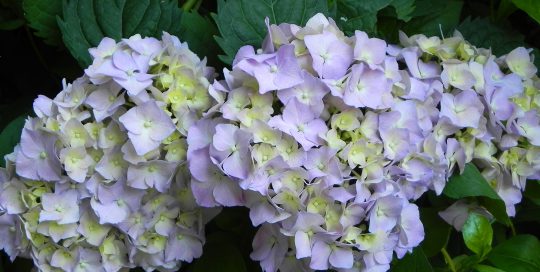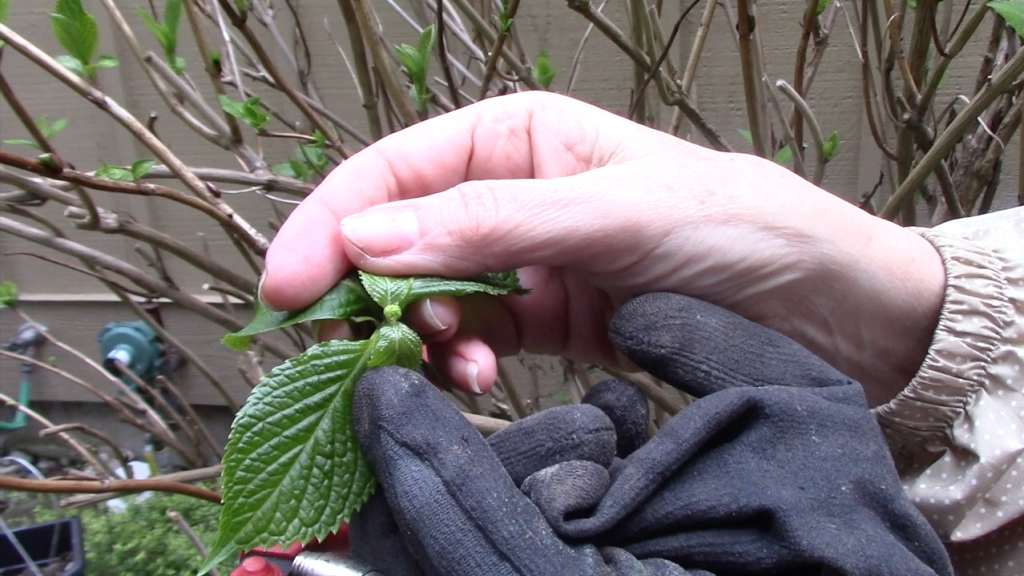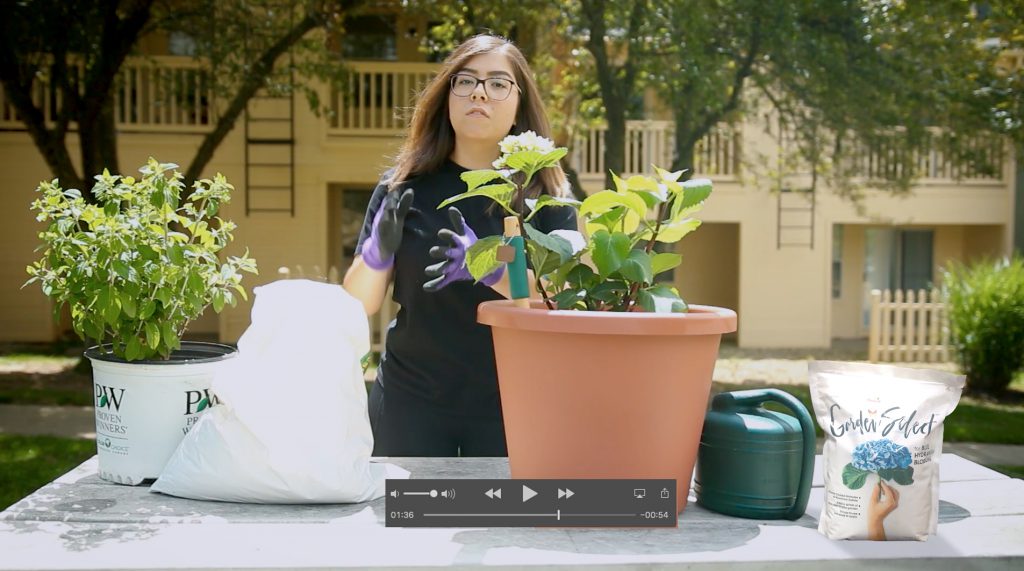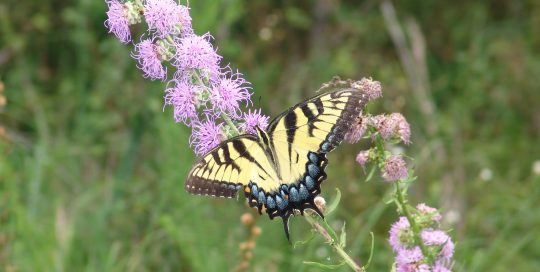Effect of Sunshine on Color
Blue is considered a cool color (along with green and purple), and it is said to instill tranquility. But if you’re looking for some cool on a hot summer day, it’s best if you sit yourself in the shade and cool-colored plants in the sun. Sunshine brings out the cool colors, giving them a chance to dazzle along with their hot-colored neighbors.
In The Well-Designed Mixed Garden, author Tracy Di-Sabato-Aust says too much violet in a garden can be lifeless if not charged with the vitality of the sun. Violet, like blue, decreases in contrast in the shade and is often lost in it. She recommends planting neighbors that vary in texture, form and tone, adding silver and yellow to enliven ultra violet purple.
Before deciding to use purple in its deepest shades, consider what time of day you’ll be viewing the garden area. Deep purples – from the dark-leaved elephant ears to the palest purple larkspur—disappear at dusk. Of course, if you will be looking at that same garden from early morning through mid-afternoon, the colors will add depth and richness to surrounding colors.
Effect of Shade on Color
When I needed to add more shade-lovers to my garden, I came across a variety of hardy Geranium called ‘Samabor’. I loved its colorful demeanor—green leaves streaked by a thick ring of nearly-black purple and accompanied in spring by blooms of dark plum. It’s a good thing I only bought one plant. It blended so well into the shady ground I soon forgot it was there, while it took advantage of the situation by setting seed and spreading like a rampant rash. I wouldn’t say it was a bad plant. It just had no place in my garden.
Color considerations in interior design don’t always transfer to the garden. Architectural Digest suggests softening Ultra Violet purple with other purples, pinks, and blues. “By working with other shades in the same color family—lilac, blush, mauve, blue, etc.—the boldness of Ultra Violet purple will soften and suddenly feel right at home.”
I can’t fathom why anyone would recommend softening anything in the purple category. I painted the living room in my first apartment a medium shade of lilac and bought shiny purple garland for my first Christmas tree.
In the landscape, coordinating colors is a lot less complicated. There are enough flowers and foliage in the violet color range to carry the garden from spring through fall. Starting with the bright indigo of grape hyacinth, and dusky mauve of Hellebores straight through to the glowing fall asters, purples are there for us throughout the growing season.
Spring Purples
- Grape hyacinth (Muscari) The blue flowered bulbs grow 6 to 10 inches tall and are hardy in Zones 4-8. Try combining them with early yellow tulips or daffodils.
- Hellebores bloom very early at a height of no more than 18 inches. Most are hardy from Zone 4-9. Combine them with white checkered lilies (Fritillaria meleagris)
- Heuchera, or coral bells, comes in varieties that have purple leaves. They grow under 12 inches, and can be combined with silver-leaved Pulmonaria or bright yellow Vancouveria. Most are hardy from Zones 5-9
- Pasque flower (Anemone pulsatilla) covers itself in large violet-purple flowers and reaches about 8 to 10 inches tall. It is hardy from Zones 4-8, and can be combined with miniature early daffodils or white Muscari.
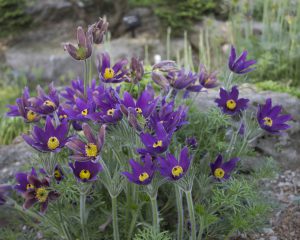
- Virginia Bluebells (Mertensia virginica) Flowers on this shade-loving American native are sky-blue tinged with violet. They are hardy from Zones 3-8. Combine them with Brunnera ‘Hadspen Cream’, a shade-lover with flowers of a similar color and brightly variegated leaves.
- Wind flower (Anemone blanda) This daisy-like flower grows from fall-planted bulbs and are hardy from Zones 5-8. For the most beautiful display, try mixing all of the colors (including white and pink) together. They prefer full sun.

